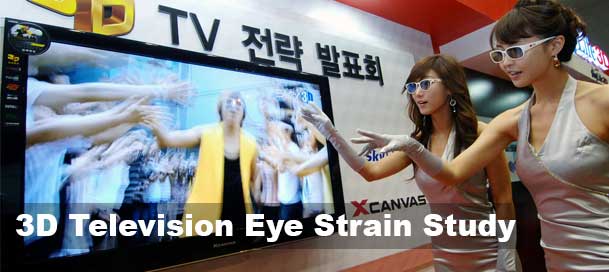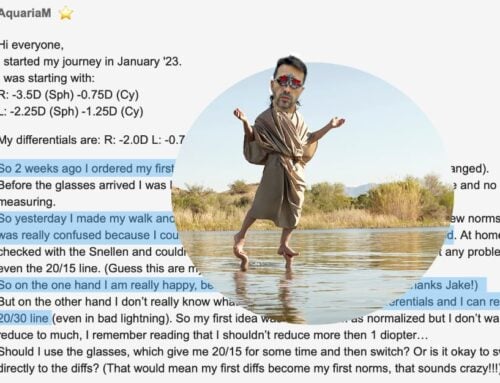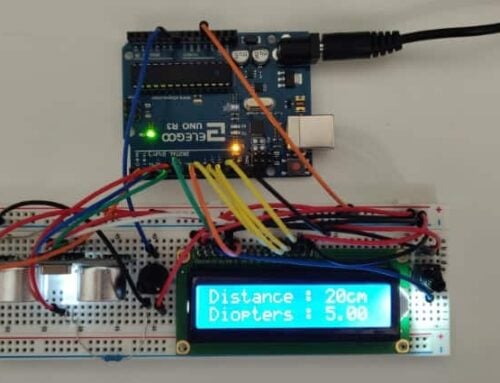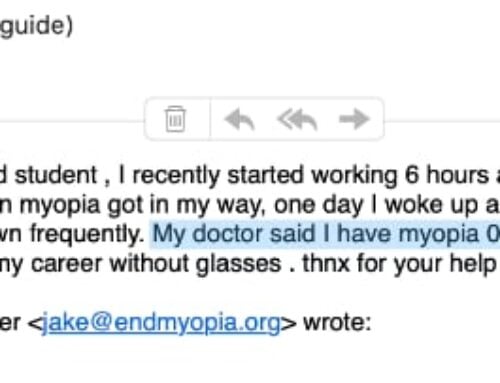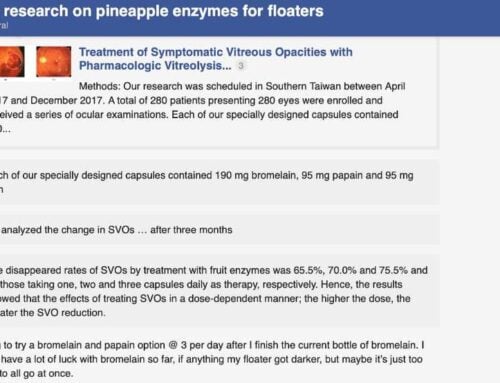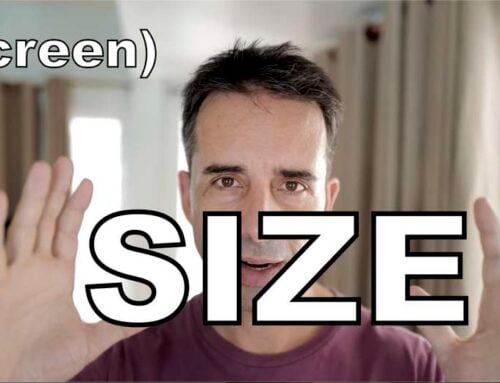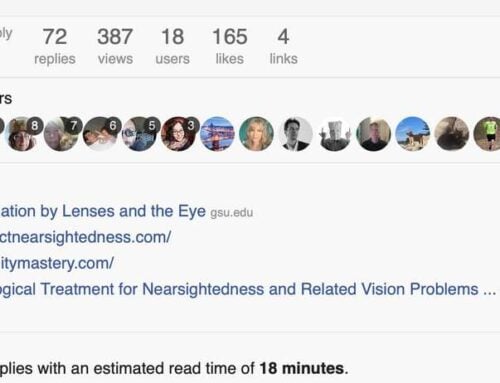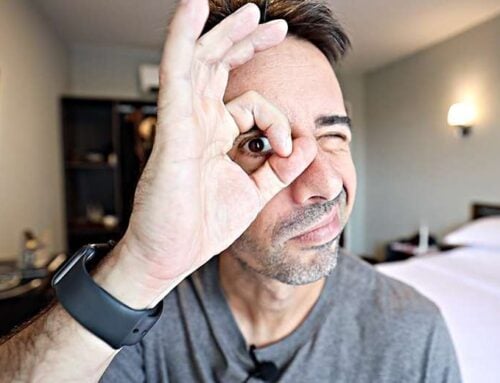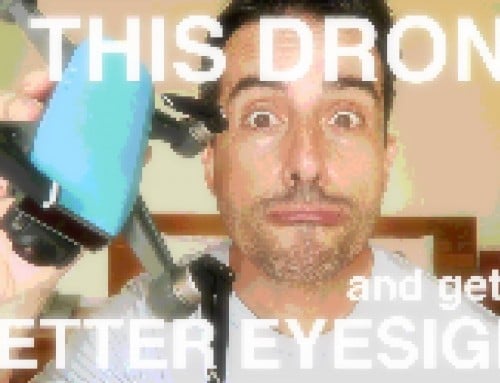Demands (and temptations) on our eyesight continue to evolve, as more technology and entertainment options enter the market. We saw it with smartphones, then tablet, and to a lesser extent, 3D content that made it into IMAX and regular theater.
Then came all the marketing for 3D televisions, which are now quite prevalent in many retail outlets. Also getting into the game are head mounted displays, and coming soon, direct retina projection.
Some of these technologies should give us pause, as our eyesight health is concerned. And while you can always try a new technology, you will want to do some Snellen and centimeter measurements, and keep a bit of a log of how it may affect your eyesight. This tends to be the most definitive way to assess how your eyes may be affected – easier, and more direct than a study, such as this one:
Certain kinds of 3D displays cause extra eye fatigue, according to a study published by the Journal of Vision today that was funded in part by Samsung’s R&D arm. A group of researchers from the University of Califonia-Berkeley found that when test subjects watched 3D displays, they reported more eye strain and fatigue and less vision with changes in depth of the screen and the depth of the 3D image. Researchers also found the relationship between image depth and nearness of the screen also played a role in eye strain.
Twenty-four participants in the study were shown 3D video at various viewing distances, and then responded to questionnaires on their eye fatigue, neck and back pain, and vision clarity. In the video clips, the authors were varying the focal point, which is the surface of the screen, and the vergence distance, which is where in the image on which the eyes are fixating. For 2D video, these points are always one and the same, but in 3D video the vergence distance varies, and can be either deeper than the surface of the screen or in front of it.
The participants responded that they experienced more eye strain and fatigue from the video with different vergence and focal distances, a feature of 3D that has long been supposed to cause eye strain (particularly when the two distances did not mimic a realistic portrayal of three dimensions). The self-reported differences were not drastic, but they were significant.
A second part of the study found that though 3D was fatiguing in general, the participants had more problems with distant displays showing an image with a vergence distance deeper than the screen and with near displays showing images popping out of the screen.
This research is highly relevant to 3D content designers, who could determine what to recess or pop out of the screen based on the expected viewer distance. However, the study also means that 3D video that is more comfortably viewed in a movie theater is necessarily more uncomfortable to look at when viewed in a living room.
(from ArsTechnica)
You can find the full text of the study, including lots of (sometimes a bit tedious) graphs and conclusions, at the Journal of Vision: http://www.journalofvision.org/content/11/8/11 (see the link on the right of the page for full text and PDF options).
I enjoy technology, and the new and exciting possibilities it can bring. Especially the 3D televisions, can be almost as immersive as … real life, and being outdoors! I wouldn’t dismiss enjoying a 3D movie out of hand – though it would be best balanced by something like the No Glasses Sundays that is covered in the Vision Improvement Course.
Enjoy!

